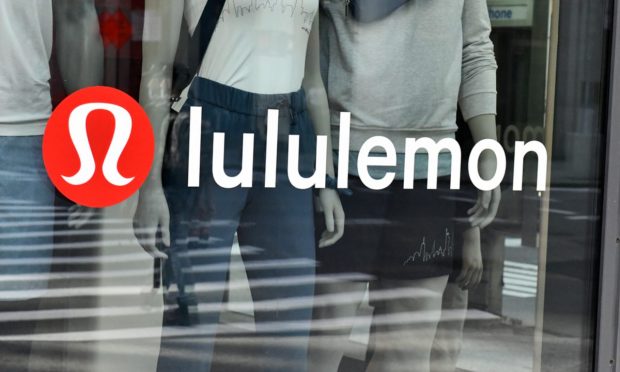Retailers Find ‘Value Add’ Memberships Essential to Keep Consumers Spending

Inflation is a pressure point, and consumers are pulling back on discretionary spending.
And it may be the memberships — specifically the “value add” offered by those memberships — that keep individuals and families spending with a select few retailers.
In other words, with the right mix of rewards and exclusivity in place, the astute retailer can turn discretionary spending into non-discretionary spending.
Lululemon Athletica offers a case in point here. As we noted in our own coverage of the company’s earnings, revenues were up 30% year over year as measured in the fourth quarter.
Free Membership, Value-Added Features
Company’s management noted on the conference call with analysts, as CEO Calvin McDonald said, “We do not grow our client growth through discounts or promotions, and we have no intentions to do so. We run a full-price business with markdowns strategically used … and this will remain our approach in the future.” It is the membership offerings, and especially the Essential option, that has gained traction even as hardware (Mirror) sales were softer than expected.
Within the Essential membership, consumers gain early access to product drops, can use receipt-free and fast-track returns and get free hemming on clothing. The CEO said on the call that 30% of members have tried at least one of the program’s features. Management noted, too, that Studio is providing a new way to scale membership, and incremental spend on Lululemon products tops 9%.
None of this is to say that simply offering a membership will keep the consumers opening their wallets. It is the “value add” that proves critical — or else households will find value in abandoning the membership.
At the beginning of this year, PYMNTS data found that as consumers reexamine their budgets, 50% would cancel membership subscriptions if they found themselves unable to pay all their household bills. In at least some cases, there’s a willingness by some commerce mainstays to, effectively, subsidize memberships — often in ways that can boost partnerships.
Earlier this month, as detailed in emails seen by PYMNTS promoting the chance to “save on Spring shopping,” American Express Platinum Card holders have been offered complimentary Walmart+ memberships. In that membership effort, when Amex members charge their Walmart+ monthly membership to those cards, they earn a statement credit covering the $12.95 fee.
PYMNTS data shows that 20% of U.S. adults, some 59 million adult consumers, have a Walmart+ membership. As management has pointed out, the company has also been capturing some share of $100,000+ earners and younger consumers, which dovetails with the Amex profile. The demographics underscore the broad appeal of memberships across income levels — and that belonging to one “club” can serve as an entry point to another membership ecosystem. In the end, it’s the feeling of community and special perks that make members more inclined to keep spending.
Elsewhere, some restaurant operators are offering free delivery via paid subscription. Panera is one recent example, and P.F. Chang’s has done so, too, where its rewards program offers subscribers free delivery, expanded rewards-earning opportunities and “VIP-level service” for $6.99 a month.
